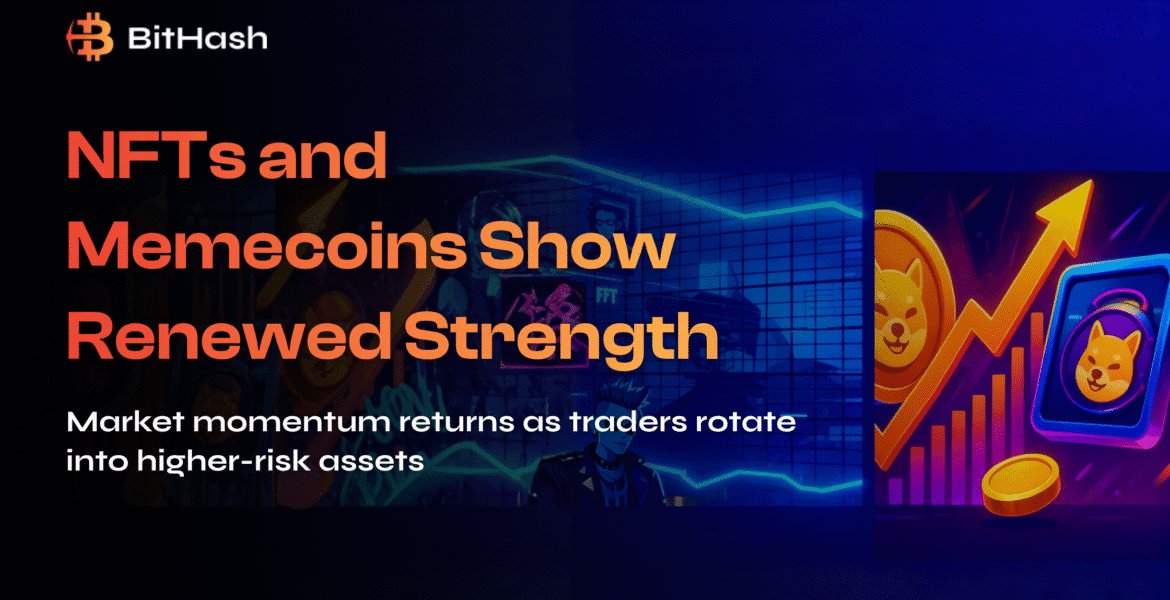Bitcoin is trading below $90K, near the bottom expected amid macro uncertainty, as the market reacts to its first dip below $90,000 in seven months. Trading about 28% below its October all-time high, the crypto space is facing renewed pressure, but analysts suggest this may also present a rare opportunity for long-term investors. Reports from CoinDesk, The Block, and CryptoQuant highlight that while volatility is high, signs of a local bottom are emerging.
What happened
Bitcoin dipped back below $90K, a level not seen since April. Since the start of October, the market has been held under pressure with ongoing sell-offs and liquidations amid uncertainty regarding the next moves from the Fed. This has increased discussion around a potential local bottom, with market participants debating whether this dip signals capitulation or a strategic buying window. Some investors believe this decline could become an advantageous long-term entry point.
Market pressure
Multiple factors continue to influence market stress. Fund outflows from Bitcoin ETFs weigh heavily on price, signaling cautious sentiment among institutions. High-net-worth holders are reducing their exposure and taking profits after months of optimism. Investors are also de-risking due to geopolitical tension, trade concerns, and U.S. interest-rate uncertainty. Short-term volatility remains elevated, and traders are monitoring macro and technical levels for signs of developing support.
What BitMine and Bitwise say
Experts are watching closely. Tom Lee of BitMine said that “seller exhaustion” is already emerging and predicted that a bottom could form within days. Bitwise CIO Matt Hougan described current levels as “a gift for long-term investors,” calling it a “once-in-a-generation opportunity” to buy at discounted prices. While more volatility is still possible, they both emphasize that the underlying market structure remains favorable for gradual recovery.
Implications for investors
- Entry points: Current price levels may offer long-term accumulation opportunities.
- Risk management: Despite the dip, investors should stay aware of rapid swings and adjust allocation carefully.
- Institutional signals: Outflows from certain ETF products and profit-taking from large holders show that professional investors are repositioning, not disengaging.
- Macro influences: U.S. interest-rate plans and wider economic conditions will continue to set the tone for Bitcoin’s near-term movement.
Conclusion
The market is in a critical stage: Bitcoin traders expect a local bottom to eventually form below $90K as uncertainty continues. While ETF outflows and profit-taking have added pressure, multiple analysts still see this moment as a chance to build long-term positions. Investors watching ETF flows, market liquidity, and major economic developments may gain clearer insight into the next big shift. This is less about panic and more about assessing Bitcoin’s strength in a period of global financial caution.



